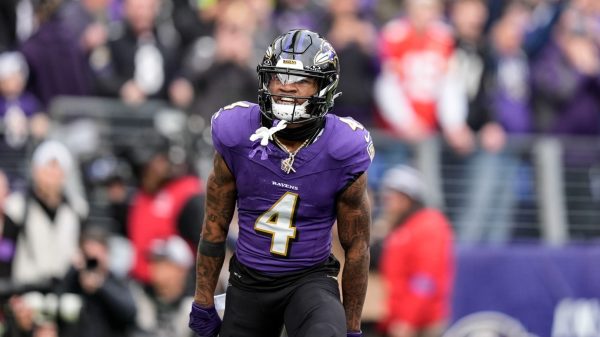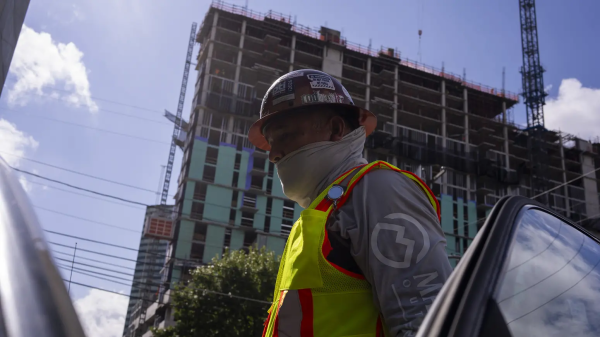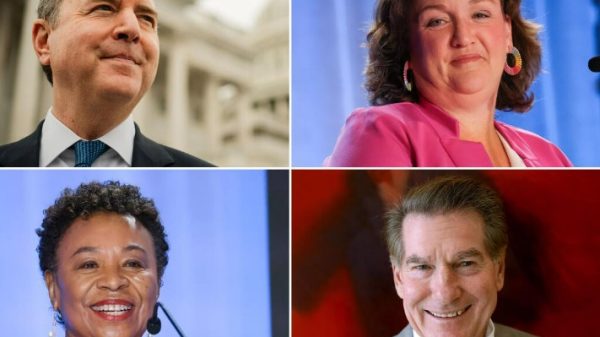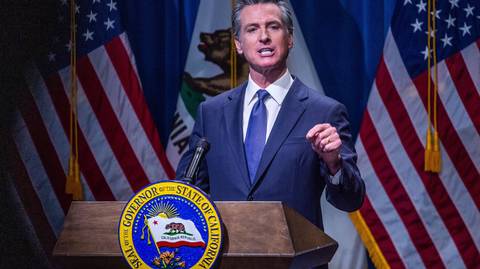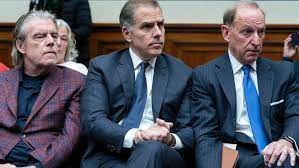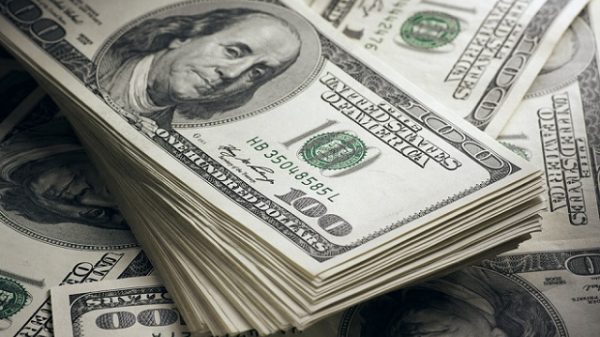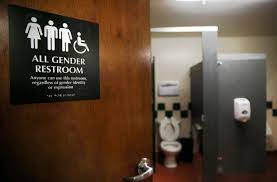February brought a slight increase in retail sales of 0.2%, which, while a positive sign, fell below many economists’ expectations. After a noticeable drop of 1.2% in January, this modest rise suggests that consumers are still spending, but perhaps not as robustly as hoped. With various factors impacting how and where people spend their money, this report provides a glimpse into the current health of the United States economy.
Consumers Spent at a Slower Than Expected Pace in February
Despite the uptick in sales, analysts were hoping for a bit more cheer. The projected increase was expected to be around 0.6%, but the actual 0.2% growth simply didn’t meet those rosy forecasts. This shows that while consumers are still shopping, they might be hesitating to spend on bigger items or could be feeling the pinch of rising prices everywhere.
Retail Sales Increased 0.2% on the Month
- The Commerce Department’s report highlighted a 0.2% rise in February.
- This follows a revised decline in January of 1.2%.
- Excluding car sales, retail figures crept up by 0.3%, meeting expected growth.
- The control group, important for GDP calculations, even reported a stronger increase of 1%.
The Sales Number Adjusted for Seasonal Factors But Not for Inflation
Some of the increase in sales can be attributed to seasonal trends, meaning that while more people are buying, they may not be spending more overall. In fact, when we adjust for inflation, the gains might not feel as significant. Consumers are actively shopping online more than ever, with digital sales rising by 2.4%, helping to buoy the overall numbers even as traditional businesses, like restaurants and bars, saw declines.
What Specific Areas Saw Gains and Losses?
- Health and personal care stores saw a nice bump of 1.7%.
- Food and beverage outlets also posted modest growth of 0.4%.
- On the flip side, bars and restaurants faced a downturn with a 1.5% drop in sales.
- Gas stations felt pressure too, reporting a 1% decline as fuel prices fell.
Concerns from Retailers About Consumer Spending Habits
As these numbers roll in, several retail executives have sounded alarms about the financial health of their customers. Several have expressed worries that consumers are feeling the strain and may not be willing to whip out their wallets for larger purchases. Dollar General’s CEO even noted that shoppers are sharing concerns about tightening budgets. This caution could lead to tougher times for retailers if spending doesn’t pick back up.
In Other Economic News
This retail sales report comes on the heels of a downward trend in manufacturing activity, noted by the New York Fed’s Empire State Manufacturing Survey, which reflected a sharp dip to a reading of -20 for March, way down from February’s 5.7. These statistics indicate not just a slowdown in retail but also potential worries in other areas of the economy, as industries brace for whatever happens next.
In short, while February’s retail sales show a slight step in the right direction, the more cautious spending patterns could mean some bigger questions lie ahead about the economic outlook. As we look forward, both experts and consumers will be keeping a close eye on the numbers to see what they might indicate about the months to come.

